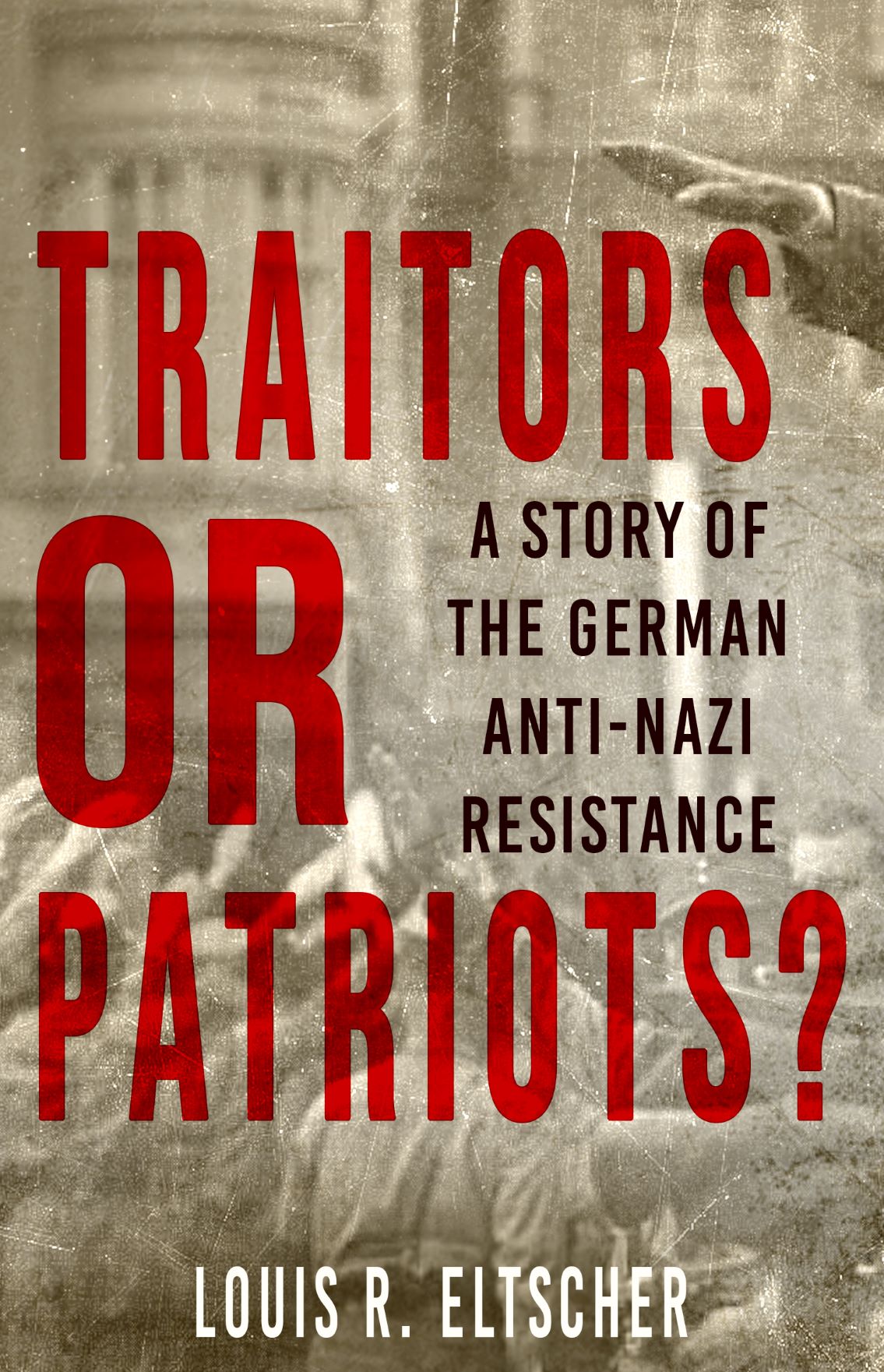
This post is sponsored by McNidder & Grace Ltd.
During WWII, resistance was something that posed a serious threat to the Nazi regime. Members of the resistance groups were of different socioeconomic backgrounds, but also had different political affiliations. They were from the extreme left to extreme right of the political spectrum. They also spanned a wide spectrum of age – from youth to elderly. Their fighting activities posed a serious threat to the Nazis, but only two groups strengthened their position. In other words, they developed a strategy that helped them to become a truly serious opponent to the regime. The first was the Beck- Goerdeler Group, named after Carl Goerdeler and Ludwig Beck. The second group was Kreisau Circle with Helmuth James von Moltke. This group was named after von Moltke’s estate in Silesia.
Carl Goerdler had a special strength of character. By 1938, he had come to realize that the Nazi influence in Europe was pernicious in the extreme. Therefore, he decided to do something about it. In April 1937, Goerdler resigned as Mayor of Leipzig. After that, he accepted an offer from his friend, Robert Bosch, to become the head of the Bosch Corporation’s overseas sales division. This position was an opportunity to establish the numerous connections, very valuable in a political and social situation, that was present in the 1930s and 1940s. Goerdler was in regular contact with “business owners, trade union leaders, clergymen, and financiers, and he kept in constant touch with opposition leaders in the military.” He himself was a rallying point and organizer for a number of diverse political, civilian and military opposition groups. In time, he became one of the most influential leaders and key players of the civilian resistance who participated in every anti-Hitler conspiracy from 1938 to 1944.
Hitler especially feared his partner, Ludwig Beck, a man of impeccable character and integrity. “The only one whom I fear is Beck. That man would be capable of undertaking something.” – These were Hitler’s words in his communication with his Minister of Justice about plans of gaining total control of the army. Like his fellow military officers, Beck had a brief infatuation with Nazism. But, as early as 1934, he began to express his concern for Hitler’s long-range plans.
By 1938, it had become clear that Hitler was planning to undertake something serious. That was his policy of military expansion, or, in other words, war. Those who were aware of Germany’s military potential knew their country wasn’t ready for that kind of undertaking. As Beck and his partners opposed Hitler’s plans, a stirring of nascent resistance activity inside the military establishment began. Together, with the activities of the Kreisau Circle, that complemented the activities of Beck and Goerdler, a full- blown anti-Nazi conspiracy was born.
The leaders of this group were young and were more driven by the ideals than their elders in the Beck-Goerdler Group. Those who were in this circle weren’t actually members. They were more like participants who exchanged ideas, but without serious conspiring activities. The Gestapo called them “Kreisau Circle” because their first meetings were held at von Moltke’s estate in Silesia, Kreisau. This group gathered people of different backgrounds – noblemen, officers, lawyers, socialists, trade unionists and churchmen.
Although Moltke was a man of ideas rather than the actual deeds, driven by Christian and socialist philosophy, his group, together with Goerdler- Beck, was taken very seriously by the Nazis. Louis R. Eltscher, historian and the author of the book titled Traitors or Patriots, explains this interesting attempt to oppose the Nazi regime, but also discusses why they couldn’t find common ground. The book is actually a classic morality tale – a story of the eternal struggle between good and evil. It speaks of those who resisted that evil and of those who succumbed to it. Little is known about those whose courage and conviction drove them to risk and lose everything to bring the Third Reich to an end.
This interesting story about the German anti-Nazi resistance gives us also an insight into the roots, formation and the functioning in one of the most important and most interesting aspects of fighting during WWII – the resistance inside Germany.
Ivana Tucak
Enjoyed story of Traitors or Patriots since I’m a history buff and was unaware of this German resistance. Working on a near-term dystopian novel involving an eclectic mixture of personalities grappling with increasingly polarized society (sound familiar?) so looking forward to your writings. Thanks for following my blog
You’re welcome! 🙂